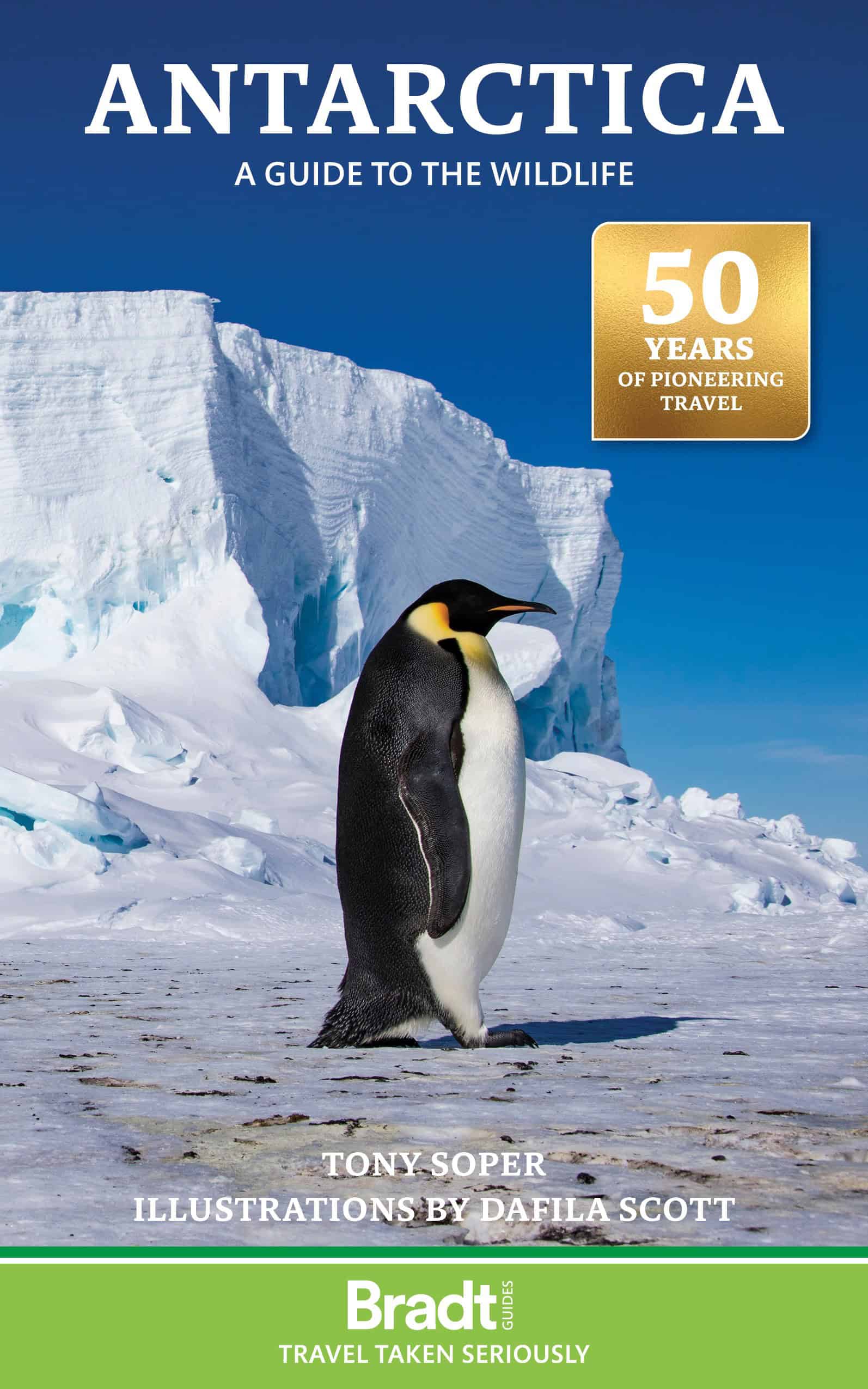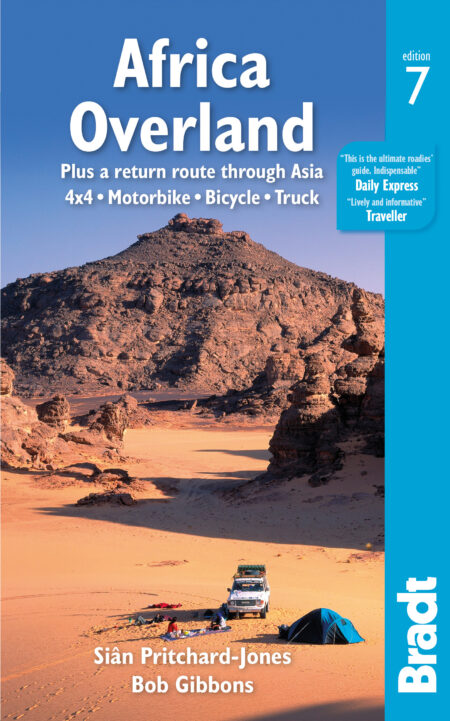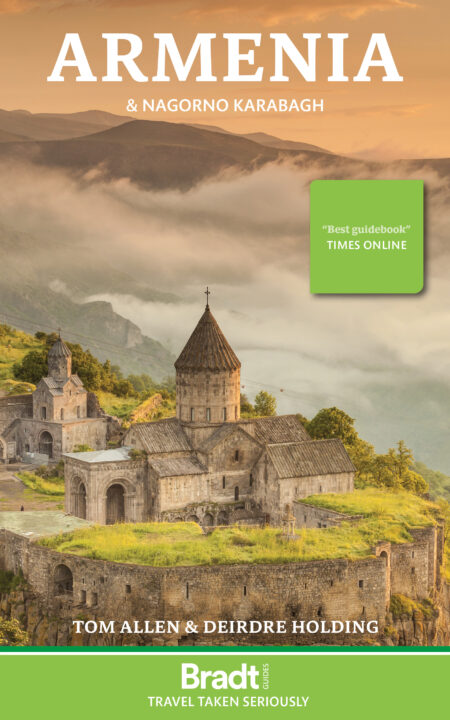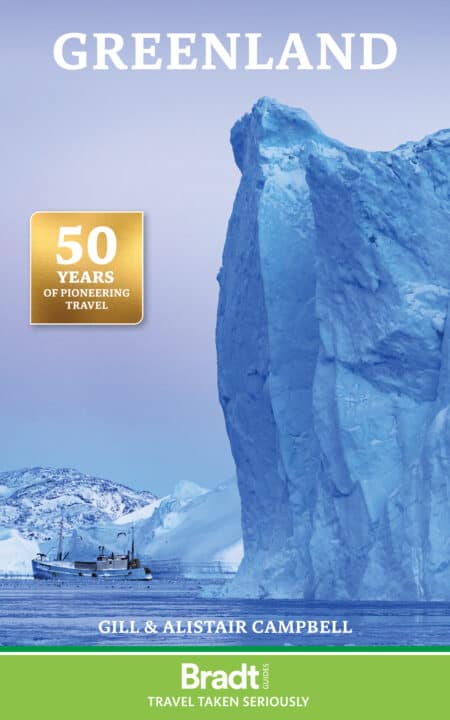Antarctica
A Guide to the Wildlife
Publication Date: 09th May 2025
£18.99
Antarctica wildlife guide. Pen portraits and illustrations of key wildlife species, covering natural history and identification of penguins, albatrosses, seals and whales. Also covers Antarctic exploration history, advice for visitors, petrels, cormorants, sheathbills, skuas, gulls, terns, fish, terrestrial plants and marine invertebrates.
Available on back-order
ISBN: 9781804692677
Published: 09th May 2025
Edition: 8
Number of pages: 152
About this book
Antarctica is home to the world’s largest concentration of wildlife in the coldest, windiest and driest place on earth. Cruise the Southern Ocean for a wandering albatross, land on continental beaches to sit with thousands of penguins, keep a sharp eye open for humpback whales against a backdrop of snow-covered mountains soaring upwards from the sea, marvel at orcas harrying Weddell seals off ice floes, or gawp at a leopard seal as it grabs and flays a penguin. Visiting Antarctica means being in your very own natural-history documentary.
Conditions may be extreme, but wildlife thrives in superb scenery. Bradt’s Antarctica: a guide to the wildlife brings to life the history of exploration (and exploitation) in this vast polar desert, where two-thirds of the world’s fresh water is locked up as ice on a continent twice the size of Australia. This readable introduction to mammals, birds, fish, invertebrates and plants is ideal for those ‘going south’ to the world’s highest continent, where more than half the land exceeds 2,000m above sea level.
Celebrating the amazing species of this spectacular environment, the guide features chapters on the region’s famous whales and penguins alongside entries on lesser-known species like skuas and sheathbills. Each species account blends extensive insights into natural history with identification tips and stunning artwork. Although focusing on wildlife on the Antarctic Peninsula, a section on South Georgia’s birds briefs those whose itinerary extends to that island.
Updated throughout to address the needs of a flourishing but environmentally conscious tourism industry, this eighth edition takes account of evolving changes in population dynamics of Antarctic creatures, and reflects profound changes to the ice-shelf extent, which have made it easier for expedition vessels to contemplate visiting emperor penguin colonies.
Written by renowned expedition leader and former natural-history broadcaster Tony Soper and illustrated with specially commissioned paintings by Dafila Scott (granddaughter of ‘Scott of the Antarctic’, no less), Bradt’s Antarctica: a guide to the wildlife is an informative, entertaining guidebook that will whet your appetite for this trip of a lifetime – and will always be within arm’s reach when you get there.
About the Author
Tony Soper was one of the pioneers of wildlife cruising, in everything from a boat carrying 12 to a ship with more than 1,000 guests. As expedition leader in research vessels and icebreakers, he crossed the dreaded Drake Passage more than 100 times, exploring South Georgia, the coasts of the peninsula and circumnavigating the continental mainland. He died in 2024.
Dafila Scott is an artist and zoologist, best known for her studies of birds and coral fish. She is a member of the Society of Wildlife Artists and has travelled extensively from the tropics to the Antarctic. Dafila is the daughter of the late ornithologist and painter Sir Peter Scott, and granddaughter of Captain Robert Falcon Scott – ‘Scott of the Antarctic’.
Reviews
‘Sensational! The most concise and accurate account on the market.’
Peter Harrison, Author Seabirds of the World
‘Few people can claim to be thoroughly familiar with Antarctic wildlife. Most of us visiting the deep south are doing so for the first time and thirst for some authoritative guidance. Here, at last, is the book we have been waiting for.’
Sir David Attenborough
‘For anyone Antarctica-bound, this is the book. Tony Soper’s facts and Dafila Scott’s drawings cover the essentials of all the living things you will see and introduce the drama of the stage itself. Vital as long-johns.’
Keith Shackleton
Additional Information
Table of ContentsINTRODUCTION
DISCOVERY AND EXPLOITATION:
Explorers, Sealers and Whalers
TERRESTRIAL PLANTS AND INSECTS
MARINE INVERTEBRATES
FISH
BIRDS Penguins
Albatrosses
Petrels and Shearwaters
Cormorants
Sheathbills
Skuas
Gulls
Terns
MAMMALS
Seals
Whales
APPENDICES
GLOSSARY OF SNOW AND ICE
GUIDELINES FOR VISITORS TO THE ANTARCTIC
USEFUL WEBSITES
FURTHER READING
INDEX




